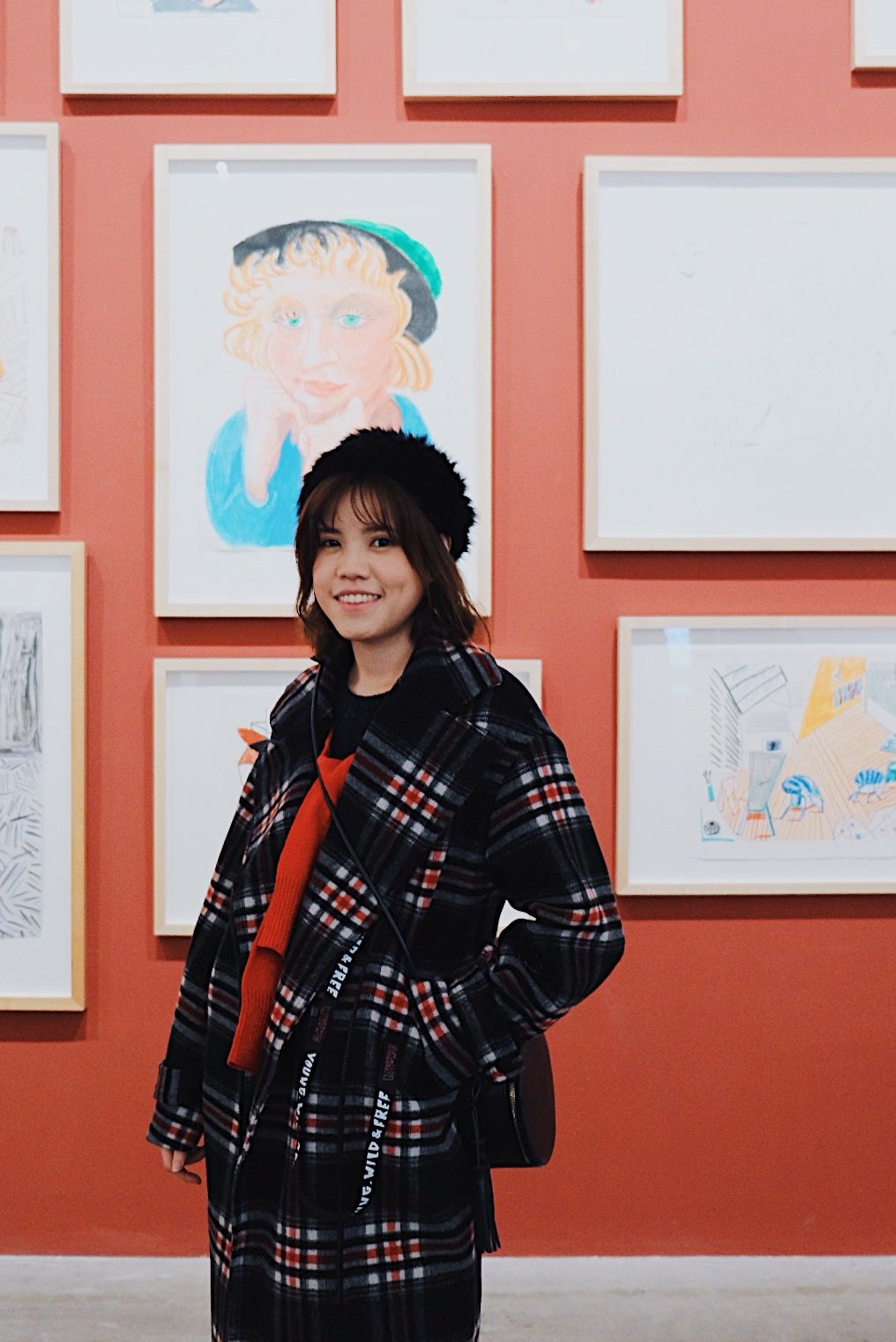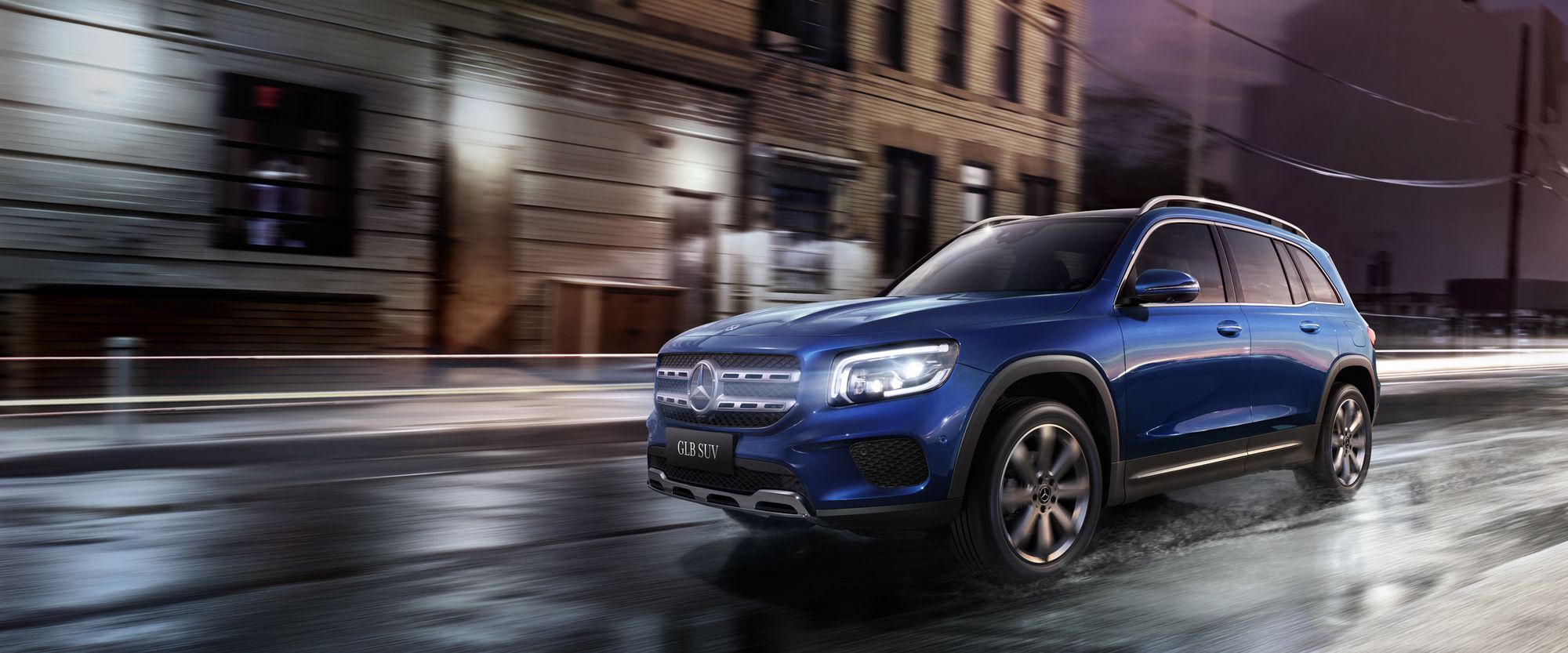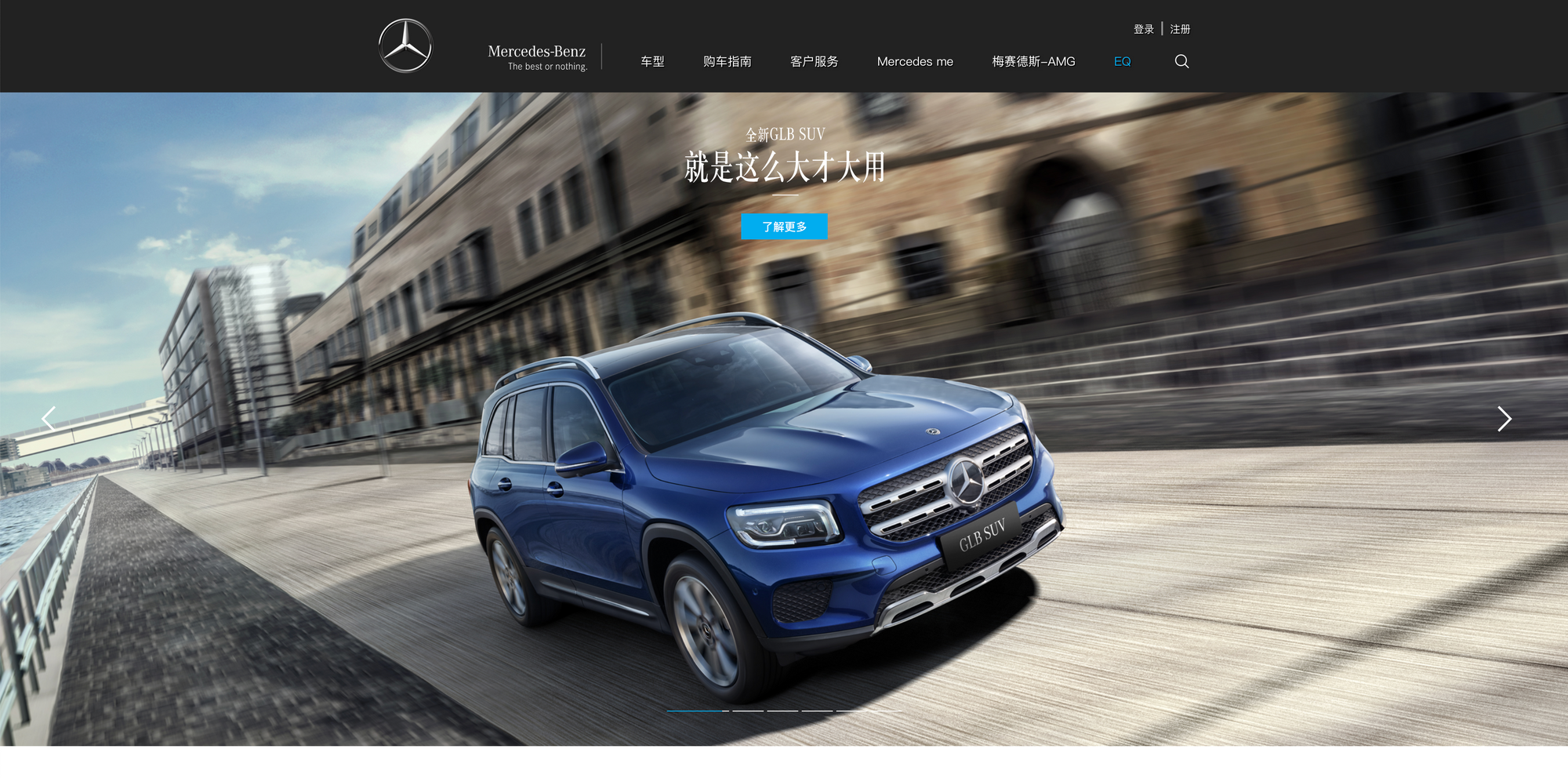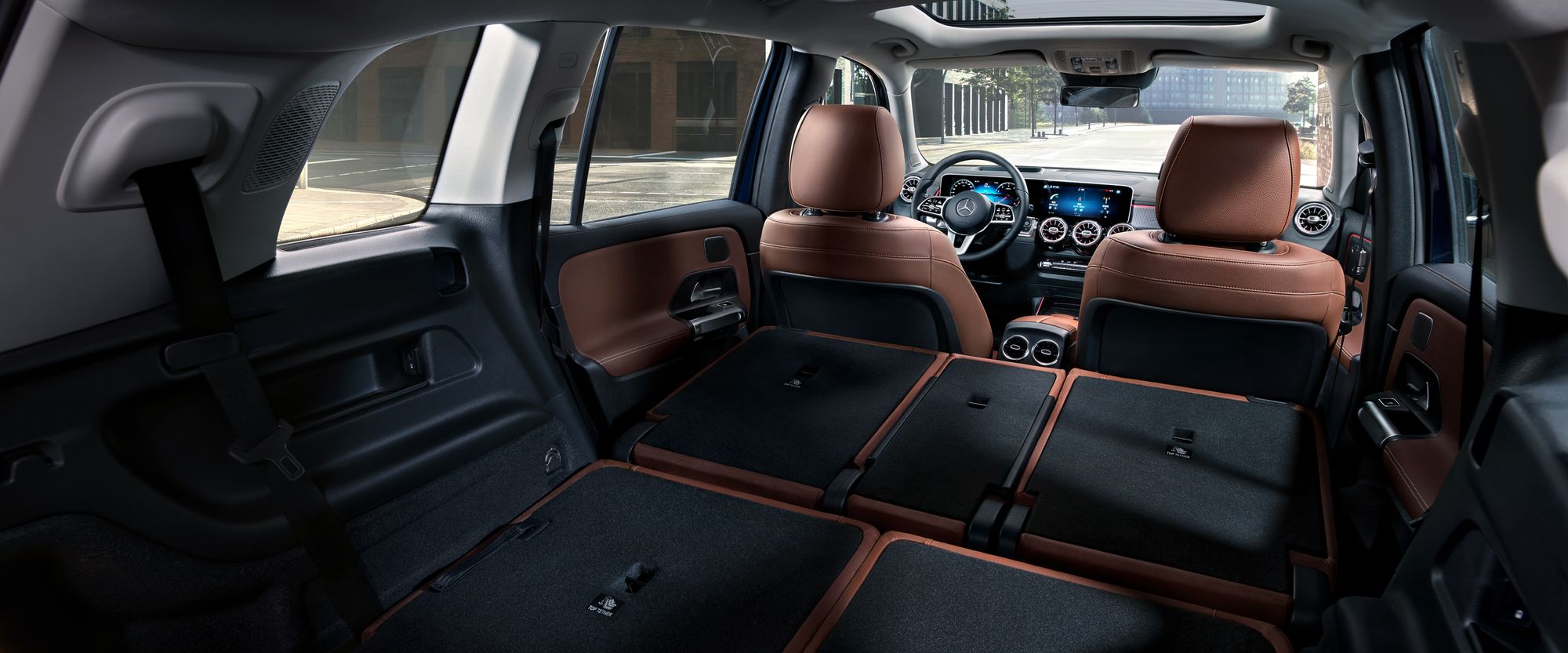#creativitytoday - Interview with the Creative Director from Ogilvy in Beijing
MAGROUND spoke to Mika Tay at the launch of the GLB SUV about her and her team's work for the new Mercedes-Benz campaign, where high-quality composites were used.

We want to show great artwork from creatives around the world and talk to them about challenges and changes in the job and the projects presented.
This time an interview with the Creative Director from Ogilvy Beijing, Mika Tay....#creativitytoday - interview with the Creative Director from Ogilvy from Beijing
Creatives around the world are having to reinvent themselves. In times when deadlines are becoming ever tighter, customer demands ever more specific, and the range of channels ever broader, efficiency is more important than ever in the world of work. This is not always a topic that is close to the hearts of art directors, for whom the quality of their work is still the highest priority. Mika Tay, AssociateCreative Director at Ogilvy Beijing, does not see a contradiction here. Quite the opposite in fact.

We spoke to Mika Tay at the launch of the GLB SUV about her and her team's work for the new Mercedes-Benz campaign, where high-quality composites were used.
How important are the backgrounds in car campaigns?
Ever more so. They form the stage for the model, and nowadays they can create pretty much any desired mood. Together with the client, we define target groups as potential customers for each brand and each product. Meanwhile very precise - how old they are, how they live, what is their education, their private activities, their affinity to design and culture, and so on. In the end, we have an image of an ideal customer and create a believable environment. Tonality, look, and feel of the final key-visual is of course very important too.
Through our cooperation with MAGROUND and the resulting access to the world’s largest photo archive in this field, we had maximum flexibility. Suddenly anything was possible. Our creativity was set free and every customer requirement could be fulfilled.
Where with a shoot for campaign themes the work is only just beginning, namely with a layout determined by the client, with our workflow we are already in the final phase. The visuals are more or less already all finished. We just have to do a bit of fine-tuning and then we can move on to the next stage. Without background images, this speed of work would not be possible.

Does the authenticity not suffer as a result?
Definitely not. Photorealistic technologies are now so advanced that the reader no longer notices the difference between the artificial and real worlds. In the current Mercedes campaign, the two models were first photographed in a studio and then afterward combined with the desired backgrounds. The movement simulation was achieved with motion blur software. This gives us complete control and flexibility with regard to the perceived speed of the vehicle. So here too the same applies: everything is possible!
Why are the vehicles photographed and not realized in 3D?
As GLB SUV is a new product launch in China, we look and feel the car product and we decided to capture the details of the product in the photograph. We wanted to make sure the image quality is as real as it is, especially the premium texture of the interior.
By using photographs we can also control the lighting and how we can improve the image quality on the shoot.

Can such designs be used everywhere?
That was one of the main requirements of this campaign. The new GLB SUV in particular was to appeal to a particularly large target group, and so has a correspondingly broad marketing spectrum. Maximum file quality and flexible use in a wide range of media were therefore high priorities for us. That of course also provides more space for creativity. When you know that the file quality is top, you can really go wild. At heart, we remain creatives who enjoy making excellent artwork. But efficiency is vital nowadays; everything is speeding up more and more. At least that’s my experience in day-to-day work.

